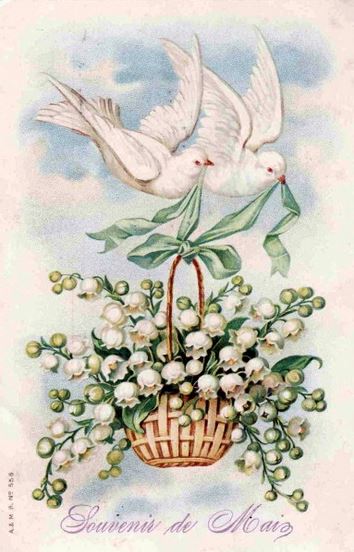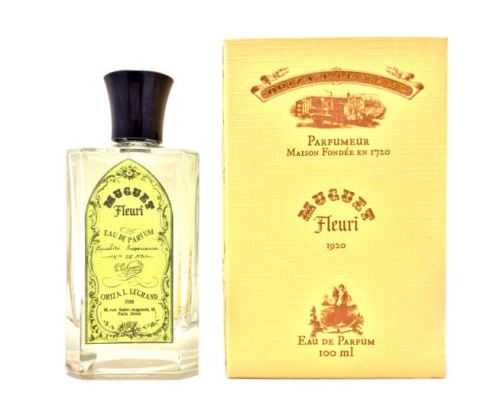
foto: Shutterstock.com
Mi primera aproximación a Chypre Mousse fue desconcertante. Una salida cáustica seguida por una extraña sinfonía de notas (¿tinta? ¿aguarrás? ¿moho?) con tenacidad nuclear me aterrorizó. Recordé que cuando Virginia visitó la boutique Oriza L. Legrand había comprado una botella y estaba muy entusiasmada; incluso se había convertido en uno de sus preferidos para el otoño. Al llamarla y relatar mi desafortunada experiencia ella sugirió que probara Chypre Mousse en pequeñas cantidades o -mejor aún- que rociara un poco en el aire y caminara a través de la neblina. Agregó que cree que la fragancia se luce mejor en tiempo frío, así fue que seguí su consejo un día de lluvia y, para mi alivio, la experiencia esta vez fue diametralmente opuesta.
Reedición de una fragancia de Oriza L. Legrand de 1914, Chypre Mousse habla menos de otra época que de otra esfera. Más lugar que perfume, trae a la imaginación un bosque utópico. Menta, violetas, hongos, agujas de pino y hojas caídas, descomponiéndose en el suelo húmedo, se mueven como las imágenes de un caleidoscopio, mutando de forma y color. Chypre Mousse se siente lisérgico o, cuanto menos, surreal: es un bosque que respira exhalando una miríada de matices. No hay dulzor alguno en este eau de parfum: después de la explosión verde y punzante del principio, se vuelve progresivamente más seco hasta que se disuelve en un fondo cálido y reconfortante de cuero y castañas asadas.
Ahora veo con claridad que la impresión ilusoria de tinta en este paisaje fue a causa del musgo de roble mientras que los terpenos de las coníferas evocaron la nota de aguarrás. Chypre Mousse no se atiene a cánones preestablecidos, resultando en una fragancia inusualmente atractiva y -a pesar de los desafíos que puede presentar- tremendamente chic. Excelentes proyección y longevidad son pluses en esta obrita de arte portable.
Caro
Origen de la muestra: Muestra gentileza de Oriza L. Legrand

foto: Orizaparfums.com
Oriza L. Legrand Chypre Mousse – A disconcerting concert
My first approach to Chypre Mousse was disconcerting. A caustic opening followed by a strange symphony of notes (ink? turpentine? mold?) and nuclear tenacity left me terrified. I remembered Virginia was enthusiastic about it and had purchased a bottle when she visited the Oriza L. Legrand boutique; it had even become one of her Autumn favorites. When I called her and told her my unfortunate experience, she suggested I tried Chypre Mousse in small amounts or -better yet- spritz some of it into the air and walk through the mist. She added she thinks it performs best in cold weather so one rainy day I followed her advice and, much to my relief, the experience this time was completely different.
A reedition of an Oriza L. Legrand fragrance from 1914, Chypre Mousse speaks not so much of another time but of another realm. More place than perfume, it brings to mind an utopian forest. Mint, violets, mushrooms, pine needles and fallen leaves decomposing on the damp ground move around like the images in a caleidoscope, shifting shapes and colors. Chypre Mousse feels lisergic or, at least, surreal: it is a forest that breathes exhaling a myriad of nuances. There’s no sweetness at all in this eau de parfum: after the initial sharp green explosion, it becomes progressively drier until it dissolves into a warm, comforting backdrop of leather and roasted chestnuts.
It is now clear to me that the illusory impression of ink in this landscape was caused by the oakmoss while the terpenes of the conifers were what evoked the turpentine note. Chypre Mousse does not abide by pre-established standards, turning into something unusually compelling and -despite the challenges it might offer- devastatingly chic. Excellent projection and longevity are pluses in this little piece of wearable art.
Caro
Origin of sample: Sample courtesy of Oriza L. Legrand












